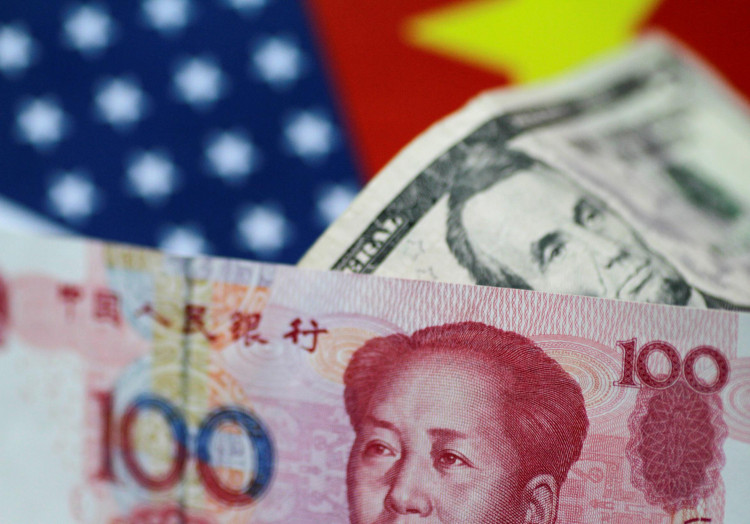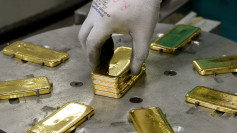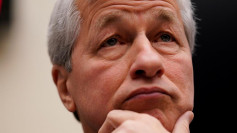China's Shanghai Composite Index could not extricate itself from the rut as of yet as it suffered a beating with a 1.8 percent decline in two months to end its latest trading under a "psychologically significant" 3,000 level, analysts said.
Its onshore yuan was down 0.38 percent, the biggest in three weeks, to hit 7.0950 per US dollar. But China's ten-year state bond output was up for a sixth straight session, as the Hang Seng Index of Hong Kong shed 1.3 percent.
The People's Bank of China unloaded a huge portion of its reserves and maintained a one-year rate on medium-term loans unchanged early Tuesday, a move market observers say the central bank is keeping a judicious approach to stimulus.
The PBOC's stimulus measure comes even aftermarket figures late Monday indicated the economy weakened last month, with factory production, retail profits and fixed-asset investment surging less than estimated.
According to Central China Securities financial planner Zhang Gang, financial investors have come to realize that the PBOC "will not ease its monetary ruling as aggressively," as markets were set for a pullback after shares at the Shanghai Index rallied above the 3,000-point border.
Tuesday's losses break the calm that had returned to the country's stocks, bonds and currency markets in recent weeks, helped by the expectation China wouldn't allow anything to overshadow its National Day on Oct. 1. A thaw in the trade war had also helped boost sentiment.
Tuesday's declines interrupted the normalcy that had come back to the government's shares, bonds and financial sector in the last few weeks, buoyed by the projection that state authorities will not let anything to get in the way of its National Day on October 1. Also, warming in the country's trade drama with the US had also improved investor confidence.
The move by the central bank transpired after the reductions it initiated to its funding ratios came into effect last week, infusing an estimated $113 billion (800 billion yuan) in total liquidity to its financial coffers. The US Federal Reserve, on the other hand, is widely seen to trim down its own interest during its policy discussion this week.
Meanwhile, the government's share turnover has diminished since the start of the month, when the SCI tested its key 3,000-point intraday for the first time since July, which was around 25 percent lower compared to the current month's peak on Tuesday.





